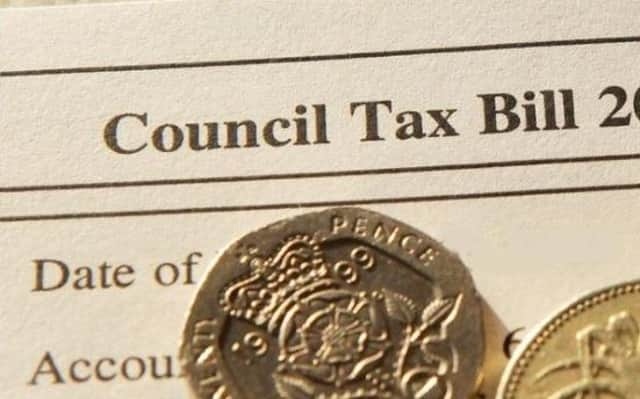How the autumn statement could affect Council Tax in Harborough - and how it compares to other parts of Leicestershire


However, as a result of Jeremy Hunt’s decision, their share of bills – known as the precept – could go up to three per cent from next April. Unitary and upper tier authorities – locally, Leicester City Council and Leicestershire County Council – are also able to charge an additional one per cent to go to funding social care provision.
Known as the social care levy, this will be increased to two per cent from next April. This means the city council would be able to raise its Council Tax precept for a Band D property by £87.28 per year, with city residents paying £1,833,02 to the council for the 2023/24 financial year, under the new rules.
Advertisement
Hide AdAdvertisement
Hide AdThis would not be the full charge, however, as Council Tax is made up of multiple elements, including fees to the police and fire services. No changes to the police and fire precepts have been announced. This year they rose by £10 and £5 on a Band D property respectively.
County residents could be hit twice under the new rules. The county portion of the costs could jump by £72.65 on a Band D home. This would bring Leicestershire County Council’s asking price to £1,525.61.
We worked out the average increase for a Band D property in each area when the county and district level changes are combined. These do not include the other elements that make up a Council Tax bill, so the final cost would be higher.
Closer to home, Harborough District Council could choose to increase rates to £183.31, up £5.34 on this year and up £77.99 between the two authorities.
Advertisement
Hide AdAdvertisement
Hide AdIn other areas of the county, Oadby and Wigston borough currently has the highest district Council Tax precept. Residents could see a further £7.19 added to the borough council’s share of their tax, bringing it to £246.69. This would be an overall jump of £79.84 between the two councils.
In Blaby, the district’s cost could rise by £5.35 to total £183.67 for Band D properties. Over the two authorities, this would be a rise of £80.97 on this year’s costs.
Charnwood residents could see a £4.07 jump, bring their share to £139.76. This would be an overall rise of £76.72.
Hinckley and Bosworth residents in Band D could be paying £4.35 more to the borough council, increasing costs to £149.22. This would be a rise of £77 between the two precepts. Melton Borough Council could increase charges from £217.64 to £224.14 – a £6.50 increase. With the county rates included, residents could be paying an additional £79.15.
Advertisement
Hide AdAdvertisement
Hide AdNorth West Leicestershire District Council prides itself on keeping its tax levels the same each year – which it has done for the last 13 years. If this year were to be a break from that tradition, the council could put its share of the bill up by £4.76, to a total of £163.34. Between the two authorities, this would be an increase of £77.41 on a Band D property.
Councils typically set out their budgets for the next financial year – including any changes to Council Tax – each February. While they are now able to increase costs by three per cent – plus two per cent for the city and county councils – they do not have to charge the full amount.